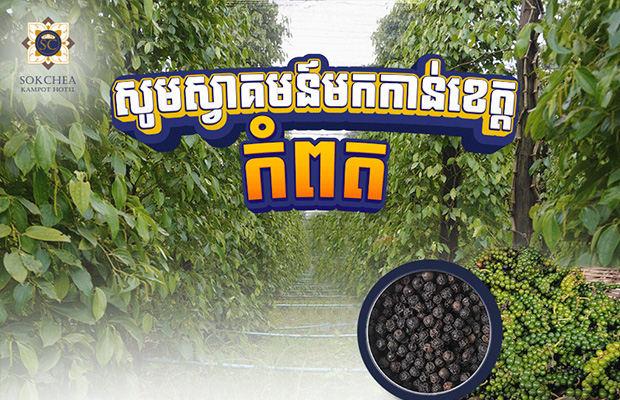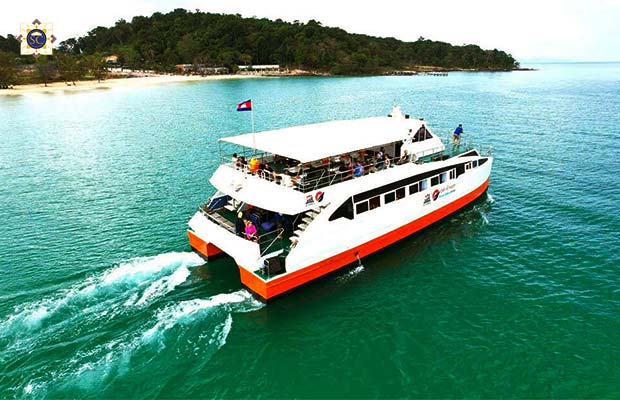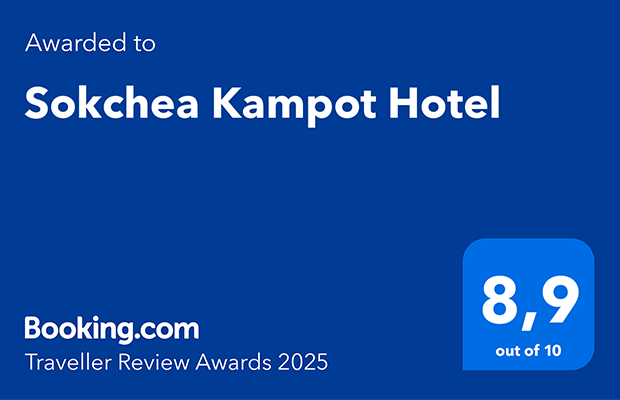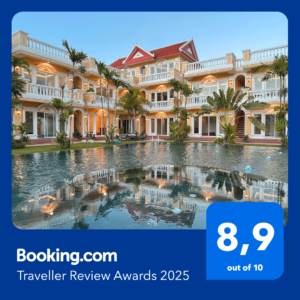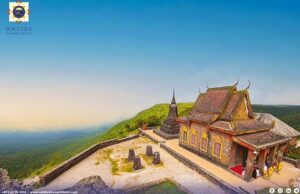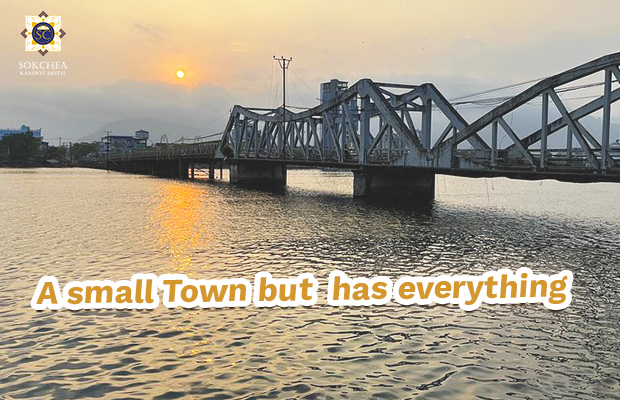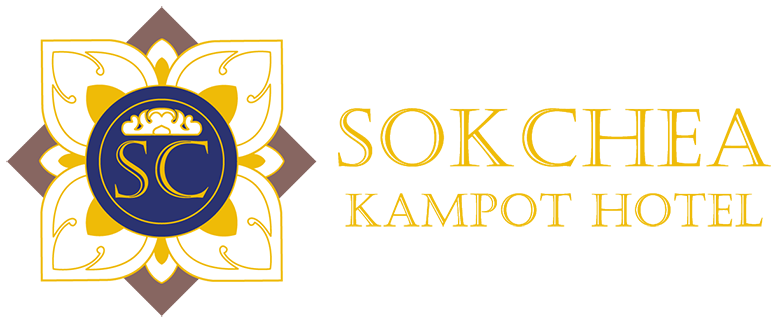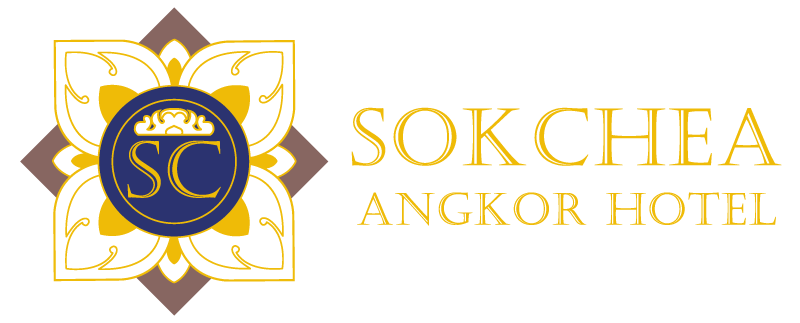Nestled along the tranquil banks of the Kampot River, Sokchea Kampot Hotel serves as the perfect gateway to exploring one of Cambodia’s most charming provinces. Kampot is known for its laid-back atmosphere, French colonial architecture, and breathtaking natural scenery. From this ideally located hotel, travelers can easily access the region’s top attractions that showcase both its cultural heritage and natural beauty.
Just a short drive away lies Bokor National Park, a must-visit destination offering cool mountain air, lush forests, and historical landmarks such as the old French hill station and the atmospheric Bokor Palace ruins. Visitors can enjoy panoramic views of the coast and spot rare wildlife along scenic hiking trails. For those seeking a taste of local life, a trip to the Kampot Pepper Plantations reveals the secrets behind Cambodia’s world-famous pepper, often praised by top chefs worldwide.
Another highlight is the Kampot River, where travelers can kayak, take a sunset cruise, or simply relax along its peaceful banks. Nearby, the Kep Beach and Crab Market offer a seaside escape with fresh seafood and ocean breezes, just a short journey from the hotel.
After a day of exploration, guests can return to Sokchea Kampot Hotel to unwind in comfort, enjoying modern amenities and warm Cambodian hospitality. Whether you’re drawn by nature, culture, or cuisine, exploring Kampot from Sokchea Kampot Hotel promises an unforgettable and authentic Cambodian experience.


